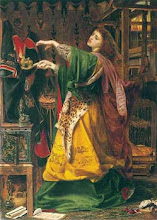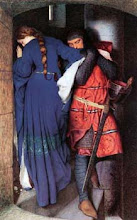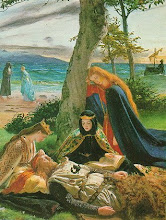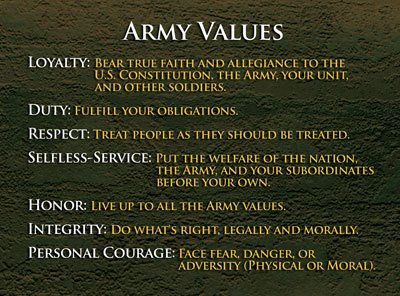Following the latest tradition about the Medieval Scandinavian Woman Studies, the new publication detailing in an unprecedented manner the women's poetry onto this literary sources.
Old Norse Women's Poetry
The Voices of Female Skalds
Sandra Ballif Straubhaar
The rich and compelling corpus of Old Norse poetry is one of the most important and influential areas of medieval European literature. What is less well known, however, is the quantity of the material which can be attributed to women skalds. This book, intended for a broad audience, presents a bilingual edition (Old Norse and English) of this material, from the ninth to the thirteenth century and beyond, with commentary and notes. The poems here reflect the dramatic and often violent nature of the sagas: their subject matter features Viking Age shipboard adventures and shipwrecks; prophecies; curses; declarations of love and of revenge; duels, feuds and battles; encounters with ghosts; marital and family discord; and religious insults, among many other topics. Their authors fall into four main categories: pre-Christian Norwegian and Icelandic skáldkonur of the Viking Age; Icelandic skáldkonur of the Sturlung Age (thirteenth century); additional early skáldkonur from the Islendingasögur and related material, not as historically verifiable as the first group; and mythical figures cited as reciting verse in the legendary sagas (fornaldarsögur).
About the Author:
Sandra Ballif Straubhaar is Senior Lecturer in Germanic Studies at the University of Texas at Austin.
Contents
1. Introduction
2. Part 1: Verse Translations and Commentary
3. Real People, Real Poetry
4. Quasi-Historical People and Poetry
5. Visionary Women: Women's Dream-Verse
6. Legendary Heroines
7. Magic-Workers, Prophetesses and Alien Maidens
8. Trollwomen
9. Part 2: Prose Translations
10. Glossary of Names: Persons and Weapons
11. Time Line
12. Bibliography
Further Details
First Published: 21 April 2011
13 Digit ISBN: 9781843842712
Pages: 158
Size: 21.6 x 13.8
Binding: Hardback
Imprint: D.S.Brewer
Series: Library of Medieval Women
Subject: Medieval Literature
BIC Class: DSBB
Pages: 158
Size: 21.6 x 13.8
Binding: Hardback
Imprint: D.S.Brewer
Series: Library of Medieval Women
Subject: Medieval Literature
BIC Class: DSBB


































